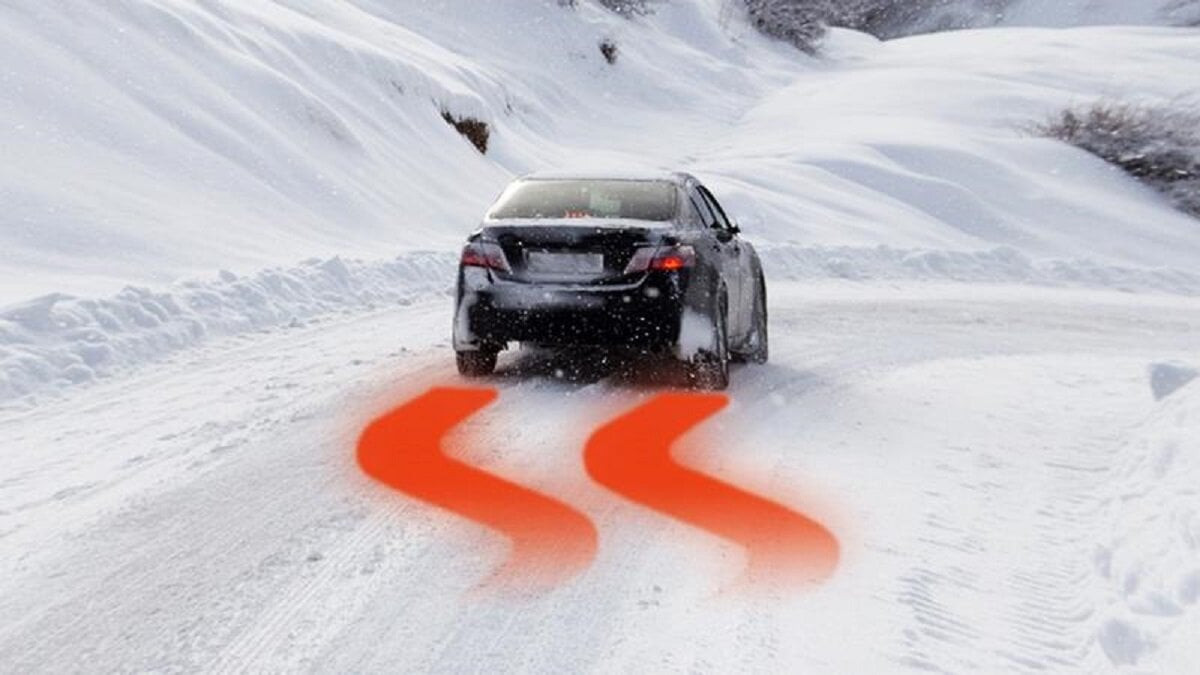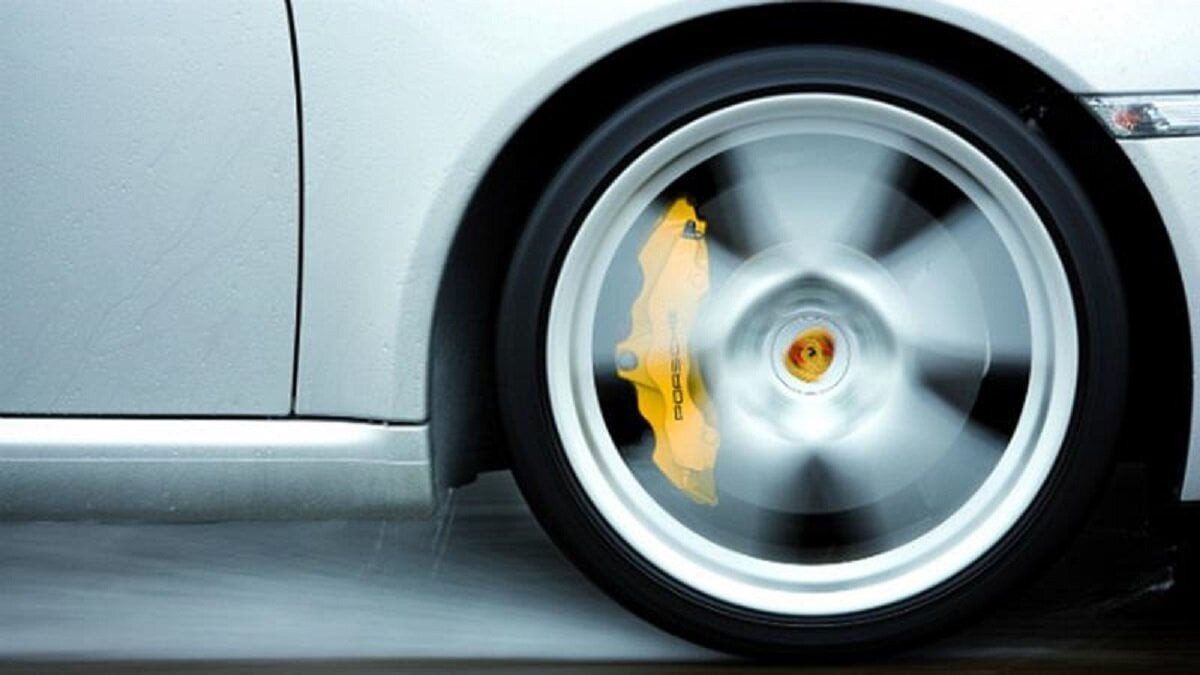If you turn off the traction control system (TCS), you increase the vehicle's ability to skid and reduce your own safety.
Traction control is one of the safety features in a car. This feature is responsible for detecting the difference in wheel rotation and adjusting the balance, so that the car does not skid even when encountering slippery terrain.
Driving on slippery, muddy roads is a situation that can easily cause the car to lose control, especially when the accelerator is pressed too hard. In this case, the driver can take advantage of the safety feature of the traction control system to help the car move safely, avoiding accidents that cause damage to people and vehicles.

Limited traction control system, vehicle spins sideways when driving on slippery, snowy roads
Traction Control is an electronic feature that limits the number of wheel revolutions when accelerating, allowing the driver to control the car more easily and safely.
Specifically, this control system uses sensors similar to the ABS system to slow down the rotation of the wheels, while distributing this kinetic energy evenly to the other wheels. Thanks to that, the car does not skid when moving through slippery or muddy roads.
The system components include the Traction Control System control box and the wheel rotation sensor. These parts can be separate or combined in the ABS control box. Traction control is also one of the features that contribute to the vehicle's safety technology network. Since 2011, the feature has become a mandatory requirement on cars.
The traction control system works by controlling the friction between the wheels and the road surface. Some wheels may spin faster than the others when the car is moving in wet or muddy conditions. The sensor system will detect this abnormality, then send a signal to the car's ECU and process it. The Traction Control function will distribute this kinetic energy to the other car wheels to adjust the torque to ensure the best grip.

Do not turn off traction control.
Nowadays, many cars are also equipped with an electronic balance system ESP to support the TCS (Traciton Control System) function to work effectively. This addition helps drivers control speed better and minimizes the risk of the car flipping over when turning suddenly.
A properly functioning traction control system will have a warning light that illuminates briefly on the instrument panel when the vehicle is started. The driver should take note of this signal before starting to move.
However, the TCS light that stays on and does not turn off when the engine starts is a sign that the traction control system is having problems and should be taken into account when driving through mud. Usually, the wheel speed sensor is the most common part to fail due to its location, which can easily lead to broken wires and disconnections. Users should check tire wear or take the vehicle to a garage for timely treatment.
The first thing to do when driving safely through mud is to drive slowly in low gear. Driving fast reduces the vehicle's grip and the driver cannot handle unexpected situations such as the vehicle wading through mud.
Do not increase the throttle when the car is losing traction, this will cause the wheels to sink deeper. The driver should only keep the throttle at the lowest level, do not brake hard to stop, but press slowly and shift to a lower gear.
In case the car gets stuck in mud, the driver must put the gear lever in P mode, and at the same time get out of the car to observe the level of sinking to have a suitable solution. Accordingly, the best way in this situation is to use straw or wood to support the rear wheels of the car to create momentum for the car to move. Finally, in addition to the above instructions for safe handling when driving through muddy roads, the driver should save the rescue phone numbers to receive timely support when encountering problems on the road.
Notes when driving through muddy roads are very important for drivers who often travel on dirt roads or mountain passes to be able to handle safely when driving through mud. Drivers should stay calm to fix the problem because the car is equipped with a safety system to support stable vehicle operation.
Traction control is especially useful when driving on slippery surfaces. If it detects a difference in speed between the wheels, the system will reduce engine power or cut it off completely until the wheels achieve equal traction. The driver should not turn off the TCS warning, as this increases the risk of wheel spin and endangers the vehicle's occupants.
According to VTC News